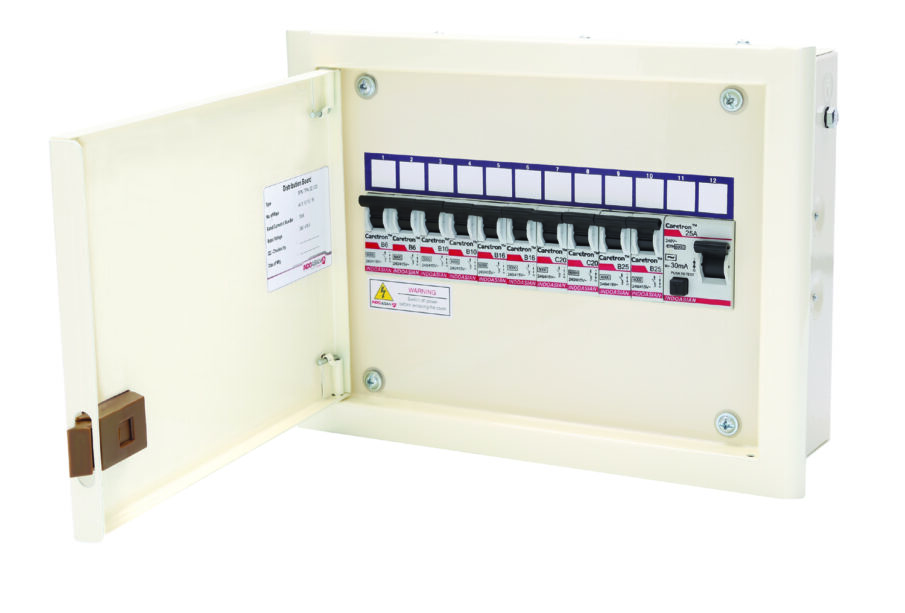Uses And Applications Of Distribution Boards

The distribution board is the main electrical supply system for any commercial or residential entity. The primary cable enters the distribution board and is routed through breakers to secondary circuits such as lights and plugs. Maintaining proper power distribution for the optimal operation of all devices is crucial for home and appliance safety. BS bars, DIN rail, and a neutral link are installed on distribution boards.
Distribution boards are more than just an enclosure; they are a complete system that includes neutral linkages, an earth leakage unit, and interconnecting wires with the sole purpose of guaranteeing correct electrical distribution in your home.
Electrical Distribution Board Types
Electrical distribution boards are classified into numerous types based on their design, application, and other characteristics. Here are a few examples:
- Main Breaker Panel: One of the most frequent types of panels, main breaker panels are typically utilised as a home stabiliser.
- Main Lug Panel: The electrical wires in the main lug panel are meant to go through lugs and are connected to a circuit breaker.
- Subpanels: Because of these electrical distribution boards’ safety, subpanels are often used. Subpanels are smaller and easier to manage.
A distribution board is divided into two types:
- Single Door Distribution Board: A single door distribution board, available in 4-way, 8-way, and 16-way models, is used for simple applications.
- Double Door Distribution Board: A double door distribution board is used for heavier-duty operations and a larger number of applications and connections. They are generally used for business purposes.
Distribution Board Applications
- Electrical Distribution: This is where you distribute and control the electricity to different parts of your house. It separates the electrical distribution into secondary or smaller circuits.
- Electrical safety: A circuit breaker or fuse will protect each minor circuit. Fuses are no longer utilised since you cannot reuse them.
Components Of A Distribution Board And Their Functions
Electrical distribution boards’ core structure or technical aspects vary based on the country and requirements. An electrical distribution box typically includes a bus bar, fuse links, switches, bypass equipment, and a residual current detector (RSD.). On a broad scale, these elements will result in:
- Residential electrical system installation
- The incoming supply circuit breaker, often known as the control and distribution board (consumer unit)
- Surge protection devices
- There is an earth resistance between the electrode and the point of zero potential.
Things To Check For
In an electrical system, working with wires and cables must be done safely, and distribution boards must incorporate the following provisions:
- The fuse should prevent Overcurrent in the circuits.
- It is simple to set up.
- Other wires, fittings, and cables should fit as well.
- One should avoid corrosion in DBs.
- To ensure safety, you should use only high-quality wire.
Visit our website at https://www.indoasian.com/ today to learn more about Distribution Boards!



















